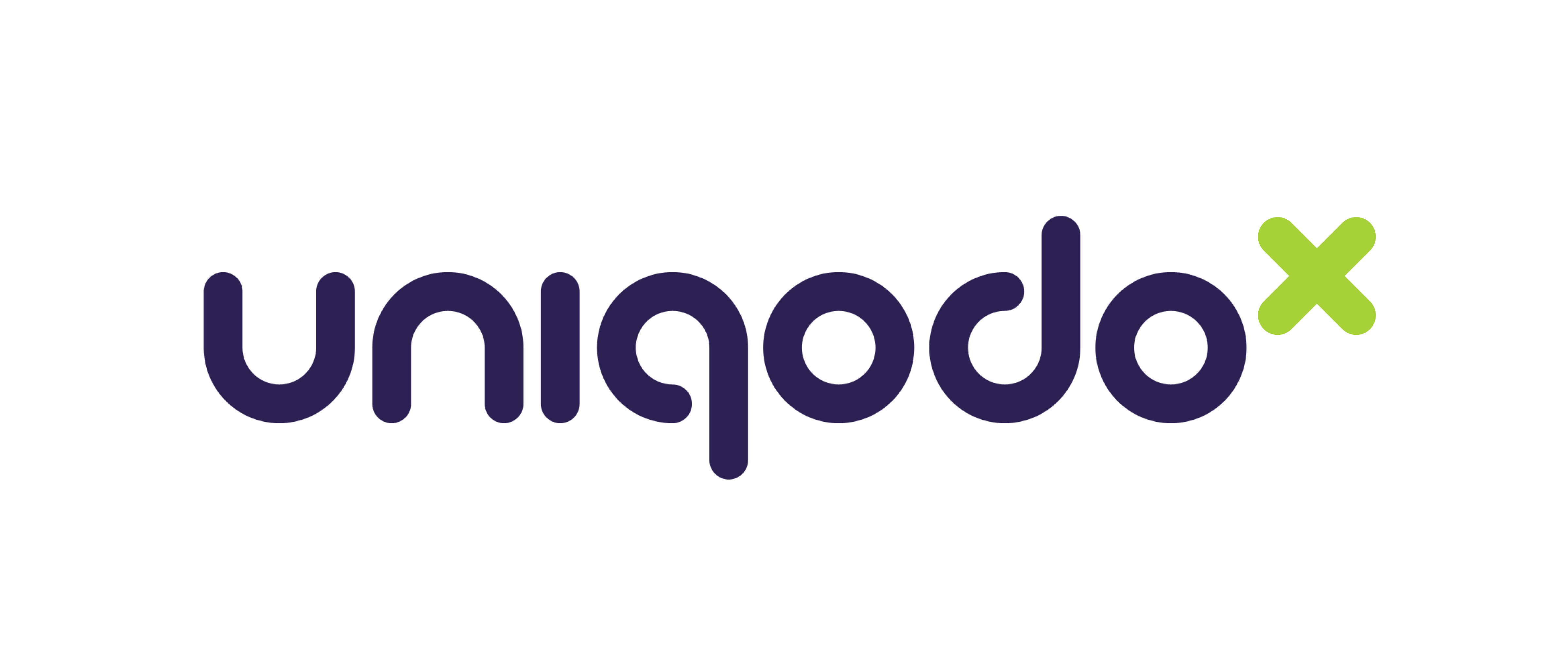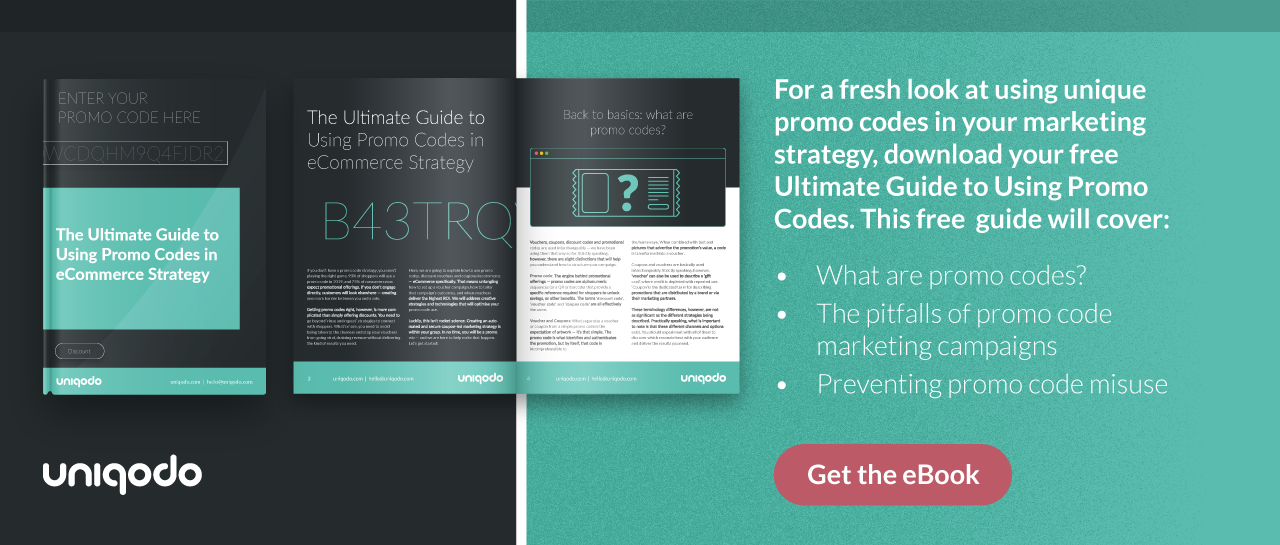Nowadays, eCommerce is a double-edged sword. We can cut through barriers and get right to customers. Today’s consumers, however, are sharp. They shop around. They ask questions and see what others have to say about your products and services.
As online retailers struggle to gain new customers without the large investment, an online customer referral plan is the way to go. Not convinced? Consider this: In a McKinsey & Company article ‘A new way to measure word-of-mouth marketing’, the authors cite a rather breathtaking proposition: Word of mouth is the primary factor behind 20 to 50 percent of all purchasing decisions.’
The problem is...
So, how do you get your existing customers to join your team in the virtual word-of-mouth mode? What’s in it for them, and what can you do to nudge them to go out of their way for you? Read on to find out how to build a customer referral programme in 6 steps.
Step 1: Decide on and state your objectives
Answer these questions:
-
What business improvement goals are tied to your referral programme?
-
Are those goals skewed more towards growth and revenue?
-
Is customer retention an important part of your customer referral mix?
-
How does trust-building factor into how your business operates?
The answers to those questions will help you assess how others in your organisation have been dealing with customer referrals. Is everyone with responsibilities for the care and feeding of customers working from the same menu of customer retention and referral goals? You should, at this point, have a good idea of where you are and where you need to go.
Step 2: Promote your referral scheme in the right ways
You need to use or create resources to alert your customers that you are relying on them for referrals. Nowadays there are myriad avenues for promotion, and they are beyond the low-lifespan and time-sensitive email. Consider the following resources:
-
Newsletters — Brand your newsletters with your business logo. Make them reader-friendly and go beyond product advertising with service-oriented messages keyed to your typical customer’s persona.
-
Blogs — Your website is your organisation’s flagship. You can add wind to its sails (as well as sales) with a blog that adds value to your brand.
-
The tangled web of social media — Facebook, Twitter, etc. can be the rocket flares that add flair to your customer referral program. Have a product update? Splash it on Facebook and link it to a tweet. Include links to your website everywhere you can. Email signatures are ideal plugs to get your customers plugged in.
Sidebar note: Don’t forget to include a call to action (CTA) in everything you write and post. The CTA is the answer to the question everyone asks before they read something: ‘So what?’ One CTA answer could be this: ‘So, tell your friends you are a happy customer. Visit our landing page — we have a special surprise for you. Use this promotion code: XXXX.’
Now that your referral resources are churning, here are 3 ideas on harnessing more:
-
Prepare tailored emails for each type of contact and alert them to your referral programme. Add messaging that explains just the type of customer that fits well into your business. For example, ‘Do you know someone who has been recently married and is looking for the best value in home furnishings?’
-
Add a series of links and workflows that guides your customer contacts through your referral process. Ensure this then sounds the alarm to your sales team. Incorporate that referral process into your website design or email notifications.
-
Provide canned scripts for sales and customer support people that clearly and succinctly outline your referral programmes. Think about a prepositioned referral kit to send along to customers to share with their friends. The kit can be useful eBooks, short interesting videos, pull-quoted testimonials, and case studies.
Step 3: Incentivise your customers
Referral schemes have increased in popularity as customers are being rewarded somewhat for referring their friends and family. Apps such as Uber and Deliveroo, for example, gives discounts for customer referrals.
It is important to give your customers something of value — something they will appreciate and remember. Long-term and loyal customers are ideal targets for high-value rewards for customer referral. Discounts are especially good incentives for customers who have a long relationship with your organisation. Those discounts and other incentives can be through unique promo codes, using software such as promo code generators.
Be sure to choose the right incentives to motivate your customers. Typical examples:
Cash rebates
Not surprisingly, most customers are motivated by money. The best thing about a cash rebate, besides its obvious universal appeal, is that it’s scalable. Structure the incentive properly and your customer will get the same value, no matter how many referrals they make for you.
A subscription discount
Lower the price on a service subscription, and you will receive double value: the customer will make your referrals and will at the same time remain with you longer. If the customer is on a trial subscription, sweeten the pot with a free month or subscription/free extension trial.
Unblocking added features or subscription upgrades
Trial customers are more likely to stay if they can access all the premium features of your site. When you provide this incentive for referring customers, the customer can access everything and serve as a more informed ambassador.
Step 4: Make referrals fun through gamification
Gamification is a fun method of using game-like mechanics. Typically, it provides badges, rewards and recognition. Gamification strategies in a customer referral programme could include incentives like points and virtual currency. When a customer reaches a certain level or makes an initial referral, the reward could be a single-use promotional code.
Gamification can help a customer referral campaign by:
-
Encouraging more customer engagement and interaction
-
Increasing social media following
-
Promoting a positive emotional attachment and brand loyalty
Consider these ideas to enhance your customer referral programme using gamification techniques:
-
Place a one-time promotional code on a linked image file in a Facebook note. The image will send a verified customer to a specially designed and illustrated page so that the customer can add a referral and claim a reward.
-
If the one-time promotional code referral scheme results in business from the referral, provide extra gamification points to the original customer.
-
Offer ‘loyalty credits’ to longtime customers, but add a short expiry date to push the customer to quickly redeem the promotional code.
Step 5: Harness the power of influencers
Use promo codes to turn your own customers into influencers. Everyone on social media now more than ever are potential brand ambassadors. Take advantage of them by partnering with influencers on different social media platforms to reach new audiences. Give them promo codes with the help of tools like promo code generators so that their fans, followers and friends can use them.
By the way: Promo code generators allow you to track promo codes and how they are used so you can see which influencers are most effective to your user referral campaigns.
Don’t forget to look for other advocates who are also influencers. Chances are that many of your customers are influencers in their own realm. The idea is to use your advocates to help influence their followers.
Step 6: Track your results
Obviously, to learn how effective your customer referral scheme is, you need to have a tracking mechanism, and it should be automatic. Fortunately, that tracking can be done with software such as promo code generators.
Look for the following data:
-
People who were referred and by whom
-
How long ago they were referred
-
Whether the referral resulted in a sale
All the above will determine how you are going to follow up and nurture that contact.
Did you know? — Some promo code generators not only allow you to track codes but also allow features such as A/B testing so you can experiment with your referral programme and figure out what works best.
Create the right programme for your business
If you’re struggling to gain new customers — and want to avoid hefty consultancy fees — you can devise your own customer referral scheme. Use the below checklist:
-
Decide whether your business objectives include goals of growth as well as customer referral.
-
Harness (the free!) resources to promote your customer referral plan.
-
Remember that most people like things of value as rewards for certain behaviours, and those rewards can be from fun activities like gamification.
-
Finally, you can harness the power of your own influencers as well as the exponential spread to your customer’s followers by using promo code generators, which lure potential customers to your business.
-
And don’t forget to use the right tools — such as promo code generators (like the one Uniqodo provide!) — to provide promo codes and track your results. Knowing who referred whom and when and whether the referral was fruitful puts you on the right track to nurture more business




Subscribe to the Blog